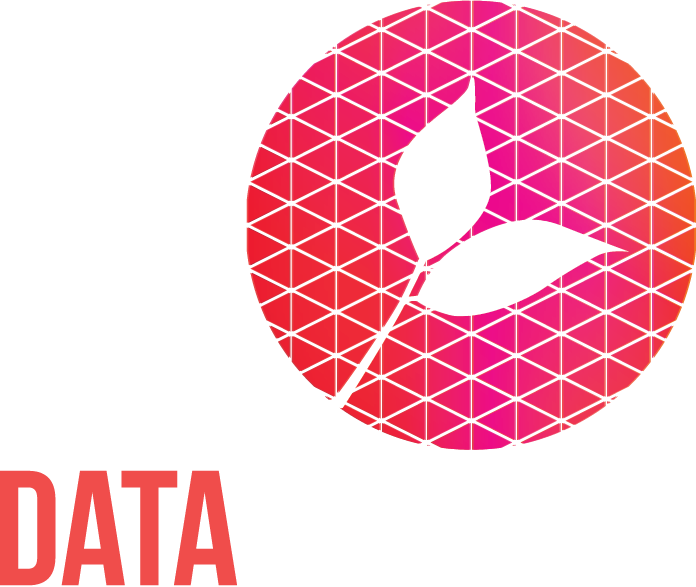What requirements should you include in a CRM specification?
Examples of essential and desirable criteria for your customer relationship management (CRM) specification
No two organisations’ criteria for their customer relationship management (CRM ) system specification will be the same. To give you some food for thought as you develop your specification though, we’ve set out some examples you might consider including.
Depending on your organisation’s needs, some of the ‘desirable’ functionality may actually be ‘essential’ for you, and vice versa. As this is possibly the single most important thing you will do before selecting your CRM provider it’s worth putting in some serious time and thought. Here are some examples to consider:
Essential requirements
Example ‘essential’ requirements could include:
Contacts management: Handle multiple relationships between your organisation and your clients/beneficiaries, partners, suppliers, volunteers, staff, donors, funders, referral and professional networks, peers, and other stakeholders.
Grouping people and organisations so you can communicate at scale and analyse your engagement with different types.
Capture data relating to the theory of change to evidence impact (assuming you have one): User data, engagement data, feedback data, outcomes and impact data.·
Manage multiple projects and the necessary monitoring and reporting on these. This includes budgets, time-scales, funders (one or more funder per projectand indeed one or more project per funder), beneficiaries, staff (employees and volunteers), outputs, targets, and outcomes.·
Integration capabilities with other tools: website i.e. online forms delivering data directly into CRM; email and text messaging i.e.integration with MS Outlook and ability to send/receive text messages individually and in batches; mailing list integration with Mailchimp.
Desirable requirements
Example desirable requirements include:
Ability to handle service delivery information. Including referral routes in and out, e.g. capturing calls/enquiries, support provided, actions, follow up.
To be capable of handling migrated data from as many as possible of the data assets currently held in spreadsheets and other systems.·
To manage the process and status of funding applications (in development, submitted, live, unsuccessful, completed) to multiple trusts, foundations, grant makers and donors.·
To manage information about all kinds of events where you need to engage with groups of people e.g. communications, bookings, registration and attendance.
Find out more
Read our quick 10-step guide to a successful CRM implementation.
Read our useful list of CRM systems and providers.
Get in touch if you need help with your CRM plans, or with your data more generally.
